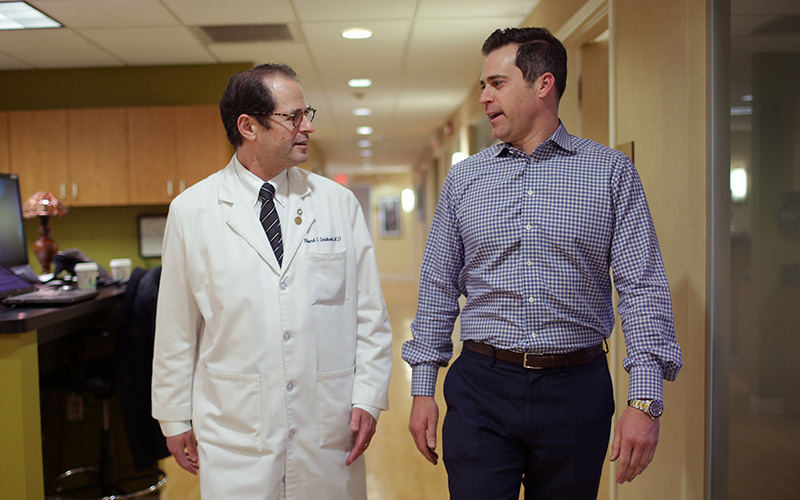
Englewood Cardiology Consultants
Are you trying to control your cholesterol, manage coronary artery disease, or investigate an irregular heartbeat? If so, you can rely on Englewood Cardiology Consultants, a practice that includes many of the top-rated specialists in the area.
Locations
Englewood Cardiology Consultants - Englewood Health Physician Network
177 North Dean Street, Englewood, NJ 07631
Our experts also see patients at Northvale Cardiology.
Our Experts
Loading...